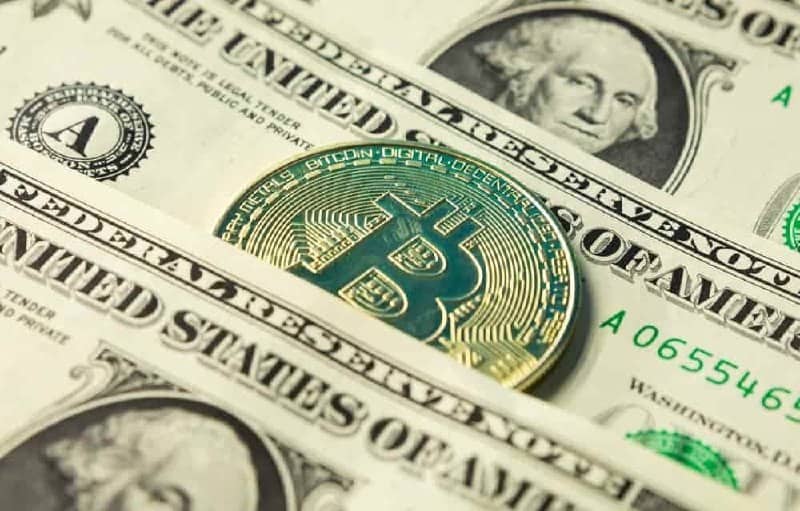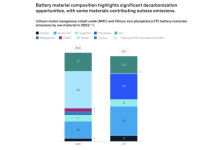
With over 90% of Bitcoin (BTC) in circulating supply, the asset’s inflation rate has fallen significantly over the years to beat that of the United States dollar (USD) by at least three times. This is placing Bitcoin to act as a possible hedge against inflation and economic uncertainty.
Bitcoin’s dropping inflation rate stems from the cryptocurrency’s fixed supply of 21 million BTCs. The rate drops after every four years during the halving event. As a result, the maiden cryptocurrency’s inflation rate has been on a steady decline since its inception in 2009 to stand at 1.79% as of March 4, data by crypto analysis platform WooBull indicates.
At the same time, the annual inflation rate of the U.S. dollar in 2023 stands at 6.4%. The value peaked at 7% in 2021, data by USInflationCalculator indicates. This implies that the U.S. dollar inflation rate is 3.57 times higher than Bitcoin.
Intrigues of Bitcoin’s dropping inflation rate
Bitcoin’s ability to record a low inflationary rate is because of the asset’s deflationary model. The design means that the inflation rate decreases post-halving events. The rate is determined by the reward system for miners, which is split in half with each halving event. During the halving event, Bitcoin rewards for miners are reduced by half. This means that the number of Bitcoins produced through mining is halved, with the next event estimated to take place in May 2024.
In contrast, the U.S. dollar inflation rate will likely rise as the currency’s value decreases over time. The plunge in value is primarily due to excessive printing and the diminishing purchasing power of each dollar. Notably, inflation can be caused by several factors, including an increase in the money supply, a decrease in demand, or a decrease in production.
Experts have also opined that Bitcoin’s inflation rate remains lower due to its decentralization nature, meaning the maiden crypto can circumvent most political and economic risks linked with the U.S. dollar.
Best inflation hedge?
The contrasting inflation rate between the assets has translated to a debate over the best investment option and the perfect hedge. Bitcoin proponents argue that BTC is the ideal asset to protect against inflation.
However, the same has yet to translate to the asset’s price amid rising inflation and interest rate hikes. Amid the broader economic downturn, Bitcoin and the general cryptocurrency market have suffered significant losses.
Meanwhile, Bitcoin’s 2023 rally has been cut short, with the crypto facing threats of retesting lows below $20,000. By press time, BTC was trading at $22,382.
























